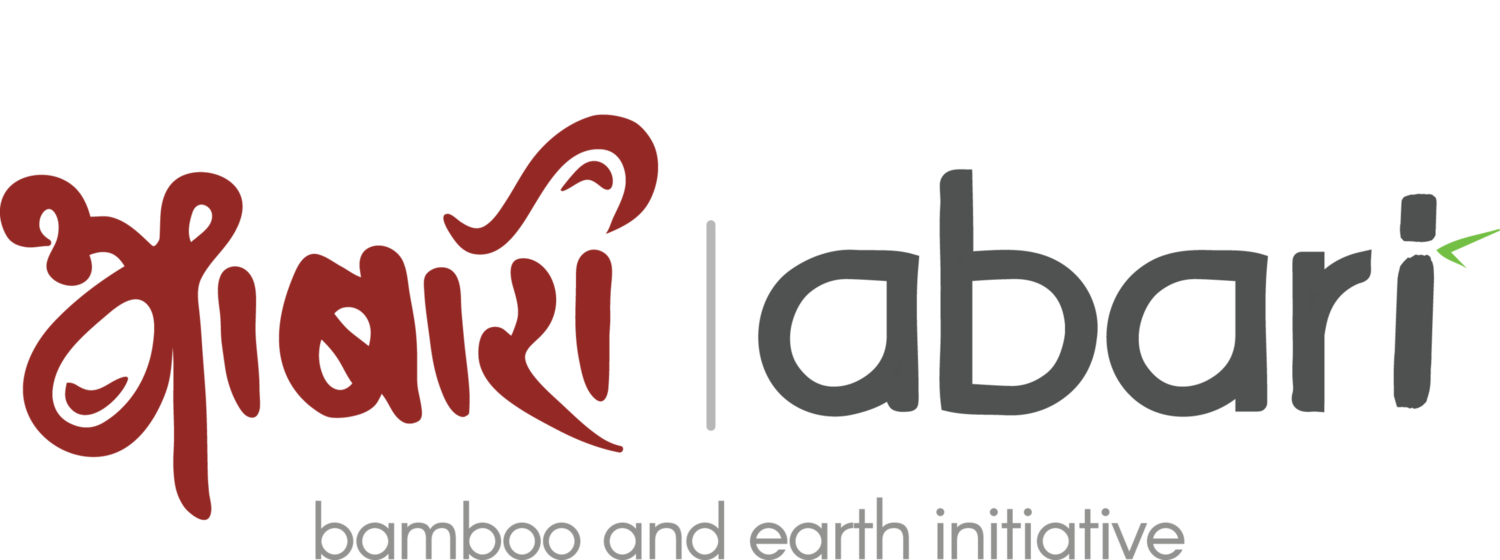Permanent Home Reconstruction through Community Facility Centers: An ABARI Model
Earthquakes are shown to shake people’s confidence in local technologies of home design and construction. In Nepal, the apparent seismic resilience of reinforced concrete structures in comparison to badly damaged stone and mud-constructed homes creates the potential for homeowners to forsake traditional building materials and traditional knowledge of home construction when building new permanent homes. Learning from the experience of Pakistan’s Earthquake Reconstruction and Rehabilitation Authority’s Owner Driven Reconstruction program, Nepal can introduce simple and effective methods to reinforce traditional Nepali architecture and construction. ABARI believes that these techniques can be disseminated throughout rural Nepal in tandem with new home construction, and aims to facilitate the continued use of local building materials and building practices during reconstruction.
As homeowners prepare to rebuild, however, ABARI recognizes that there will be differences in the time frames by which individual homeowners are able to begin and end home construction. This reality makes implementing a centralized house construction program inappropriate for local conditions. In order to be flexible to the individual needs of homeowners to plan and rebuild, and to reach a wide range of individuals from varied caste, ethnic, gender, and generational backgrounds across communities, ABARI is committed to a decentralized and diffuse approach to reconstructing sited at Community Facility Centers.
ABARI envisions a series of public Community Facility Centers established in earthquake-affected districts which can serve as combined temporary learning centers and vocational training centers.
Community Forest
Resources used to make natural building materials will come from the local environment. Bamboo, for example, can be sourced from local Community Forests, and planting new stands of indigenous bamboo species can increase its future population. As per the decision of communities, items manufactured at the Community Facility Center can be sold to homeowners, generating a potential source of revenue for communities. The use of natural building materials develops self-sufficiency in Nepali villages, enhancing the connections between local environments and local communities, lowering the need for imported construction materials, and vitalizing village economies.
Community Facility Center
- The centers will be part of a regular school. It will have an extension room which will provide vocational skills related to construction with a particular focus on trainings in building bamboo, adobe, stone, compressed earth, and rammed earth structures, as well as trainings about integrating seismic reliant technologies, plumbing, electricity into Nepali vernacular construction.
- The Centers will be built in accordance with ABARI’s principles for environmentally conscious design and construction, taking consideration socio-cultural and climatic uniqueness of the regions.
- It will demonstrate to communities how traditional, natural, buildings can incorporate contemporary technologies that enhance structural resilience to environmental hazards.
Led by ABARI-trained local artisans, and involving interested students above age sixteen and community members, these recurring workshops can facilitate a great number of homeowners in earthquake affected areas to learn crucial construction skills that can enable communities to build back faster and more safely. Because power tools will be introduced in the training workshops, the opportunity for women to participate in housing construction will be enhanced—a program outcome that accelerates building of permanent homes since the trend of male outmigration has resulted in a lack of sufficient skilled human resources in earthquake affected districts.
Role of CFC
The training sessions in natural building construction will also diffuse knowledge about safe design and construction practices in rural regions of Nepal, making communities self-reliant and less dependent on outside technicians to assist in building resilient permanent homes.
Given the anticipated scale of housing construction and the cost of transporting materials, having pre-fabricated building materials on hand can greatly expedite homeowner’s individual efforts to rebuild. After receiving instruction from ABARI staff, Community Facility Centers can serve as sites to produce bulk supplies of treated bamboo poles, bamboo panels, bamboo weave mats, clay tiles, and rammed earth blocks for use in local home construction.
- Provide training to villagers on basic construction skills- masonary, carpentry, plumbing, electricity etc with focus on verncacular tradition.
- Provide homebuilders with technical support, supervision and designs for harzard resistant buildings. Provide basic tools and equipments at the CFC along with trainings.
- Provide additional training for others craftsmanship skills and masons.
- Link CFCs along with masons, craftsman and individual structure owners to local .
Outcome
Through training programs and the production of pre-fabricated natural building materials, ABARI believes the Community Facility Center model can introduce enterprises and skills amongst community members that both encourage homeowners to rebuild with confidence and provide knowledge valuable to individuals beyond the rebuilding process.
- ABARI will work with families involved in the CFC’s training programs to support their livelihoods.
- Separate structures will be built at home sites to promote home stays, dairies, coffee dryers or other enterprises desired by homeowners.
- These communities will function with the help of bio gas, solar panels, rain water harvesting and helping hands working towards the growth of the community.
- These enterprises can be supported by microfinance organizations and marketed through an online platform connected to the Community Facility Center with the help from local NGO partners.
- Community Facility Center becomes a focal point for the strengthening of a community’s social, economic, and built infrastructure. As the home reconstruction process gradually concludes, Community Facility Center can be transformed into a permanent community building with a new purpose—rice mill, cheese factory, etc.—providing further economic and social benefits to earthquake-affected communities during the reconstruction phase.
- Through a versatile Community Facility Center model, ABARI aims to promote long-lasting homes and livelihoods in earthquake affected areas of Nepal.
